Destination Earth Use Case
Energy Systems
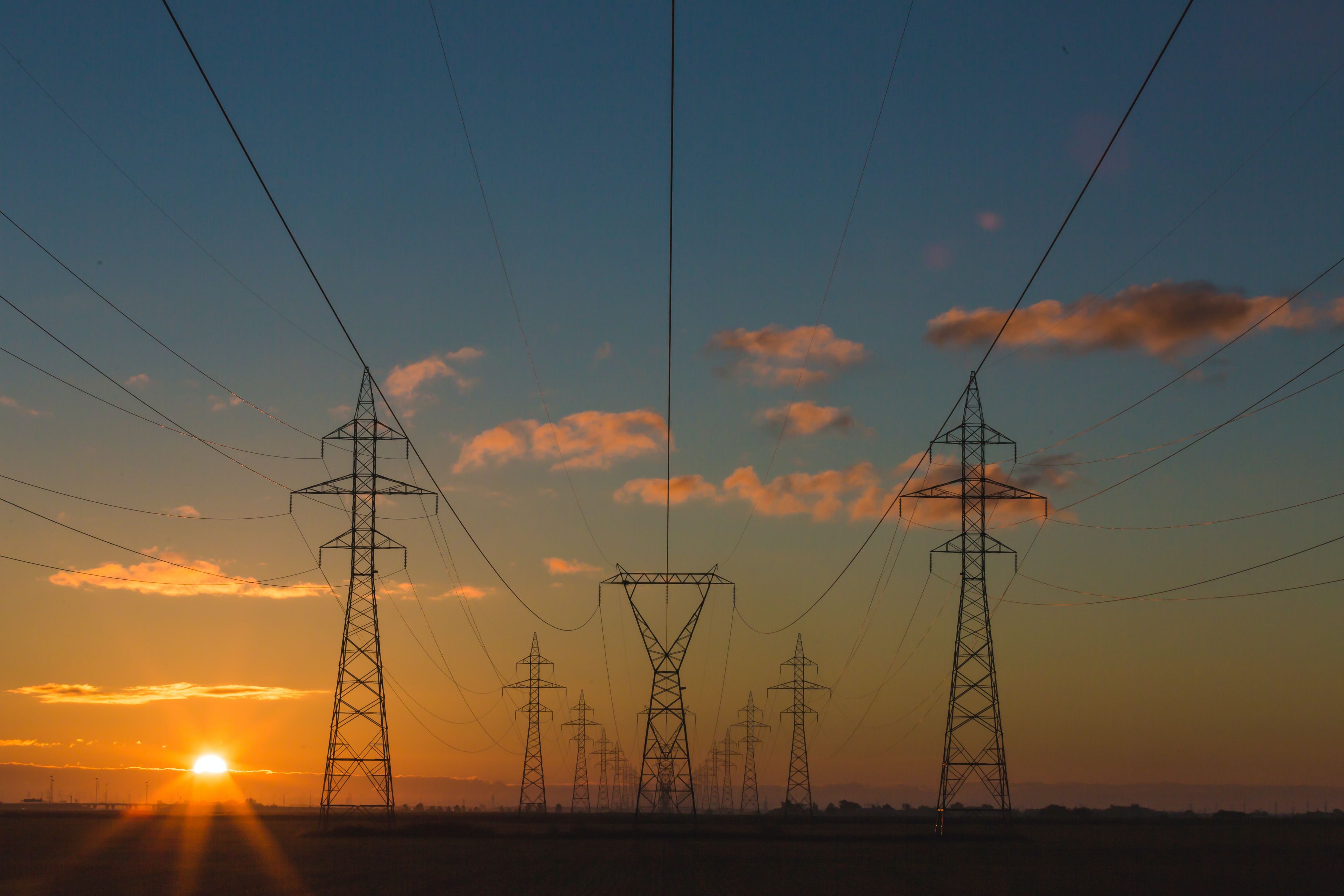
Information
Company: DLR
Subcontractors:
Destination Earth Use Case DE_370b_DLR
Context
As a response to climate change, countries around the world have implemented ambitious targets for integrating renewable resources into existing electricity systems. Reacting on the Russian invasion in the Ukraine and the energy crisis in Europe, the EU recently has put into force RePowerEU, an ambitious initiative with the aim to make Europe independent from fossil fuels “well before 2030” by increasing the renewables target for 2030 from 40% to 45% (amongst other measures like increases in efficiency, decarbonizing industry, and a diversification of the energy supply). The latter includes 320 GW additional PV capacity to be deployed by 2025 and almost 600 GW by 2030.
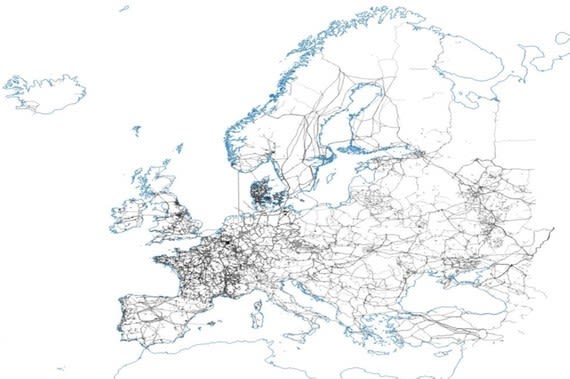
Map of the European transmission system for electricity derived from publicly available data sources within the SciGRID project.
Map of the European transmission system for electricity derived from publicly available data sources within the SciGRID project.
This initiative has direct and indirect effects on the responsibilities of the grid planning and operation authorities in Europe. They are experiencing a rapid process of changing duties and giving up habits. The rising share of the variable renewables resources in the electricity supply system increase the system’s exposure to meteorological variability. On the one hand, this variability makes the operation of the system more complicated and defines new (additional) constraints on the design of the power system. On the other hand, it causes the necessity to include information about climate change in decision-making processes of the energy sector. Assets for the generation, transmission or storage of electricity, usually, have lifetimes between twenty and fifty years. During this period of time, meteorological conditions might change significantly, depending on how climate change evolves.
Use Case Overview
To ensure the security of supply, meaning the access to electricity for everyone, everywhere and at any time, the power system must be resilient to both, meteorological events happening on short time scales and climate change. As a response to that, many directives, which define rules, methodologies and responsibilities for/of grid planning and operation authorities, are currently being revised and updated. Databases widely used in the energy sector are currently being extended to include prospective meteorological information and information about the uncertainty of climate change. To cope with these changes, many stakeholders increase their research and development activities and seek for collaboration and exchange between different players but also across the energy and climate disciplines.
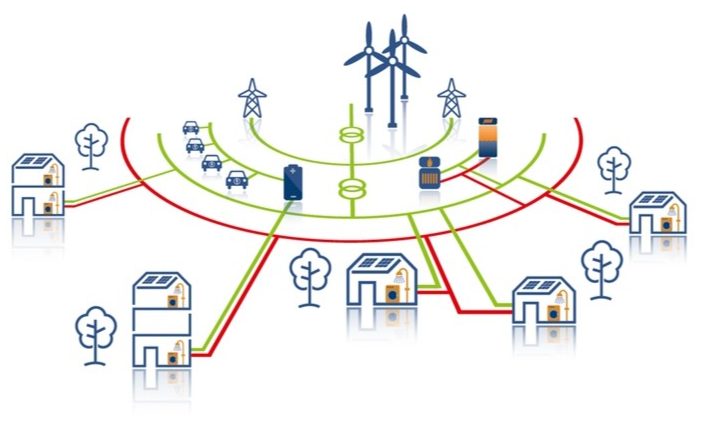
Fostering this collaboration and exchange is one of the aims of DestinE’s Use Case Energy Systems. Building upon a thorough user engagement strategy, DestinE and this Use Case will provide tools and guidance to support the European Transmission and Distribution System Operators to fulfill their policy-mandates and to make a valuable, pro-active contribution to achieving the policy objectives defined by the EU parliament and the member states.
DestinE is expected to make a great contribution to improved energy system modelling for grid planning and resources adequacy assessment by mainly two means:
- a more accurate and realistic representation of the variability of the renewable resources and, hence, their potential to contribute to the future power supply in a European energy system;

2. a more seamless integration of the climate and the energy model, avoiding intermediate steps and allowing for the representation of feedback loops.
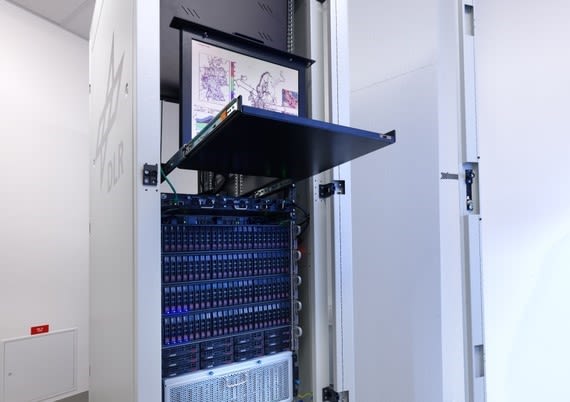
Energy system simulations are complex and computationally expensive. DestinE’s Use Case Energy Systems will make use of DLR’s high-performance computing infrastructure.
Energy system simulations are complex and computationally expensive. DestinE’s Use Case Energy Systems will make use of DLR’s high-performance computing infrastructure.
One major concern about renewables is the occurrence of ramping events, the rapid and strong de- or increase in power generation from wind turbines and/or solar PV. These events put severe stress on the electricity grids. The proper handling of them has a high economic value for electricity suppliers and grid operators. Ramping events in PV and wind power are related to fast changes between cloudy and sunny conditions, and passing storm fronts, respectively.
Hence, DestinE’s capability to resolve clouds and storms with an hourly temporal resolution can be expected to lead to a more realistic representation of them in the data used for power system applications and, consequently, increase reliability and trustworthiness of the data. Indeed, DestinE might become a major source for the meteorological input in energy system models applied in the user community in the future.
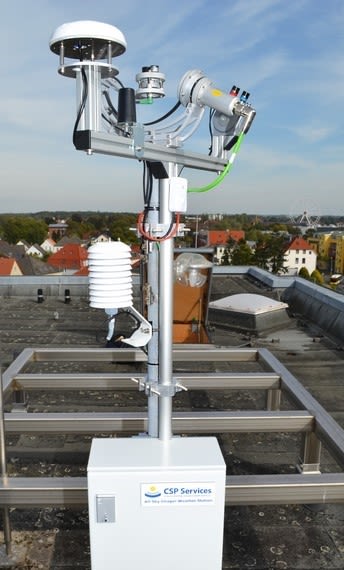
Measuring clouds and radiation in very high resolution: One of DLR’s eye2sky stations used for validating DestinE’s climate data.
Measuring clouds and radiation in very high resolution: One of DLR’s eye2sky stations used for validating DestinE’s climate data.
To support this, DLR and its partners will use DRL’s energy system modelling capabilities to implement a representative Demonstrator exemplarily showcasing the use of climate scenarios in grid planning and resources adequacy assessment applications. This implementation will be complemented by the development of a set of user-friendly tools and methods to ease the integration of climate information and to support the users to make appropriate data choices.
The performance and the impact of these implementations and the new DestinE data will be assessed by an observation-based data validation, a thorough sensitivity and uncertainty analysis and a user survey. Overall, DestinE’s Use Case Energy Systems will investigate what a difference DestinE makes for energy systems modelling.
Update July 2023
Based on a user consultation process started during a User Needs Workshop organized by the Renewables Grid Initiative, the technical design of the Use Case has been specified further. Several European transmission and distribution system operators expressed their expectations on DestinE and helped defining the targeted functionalities of the Use Case’s Demonstrator. Concretely, the need for having access to validated data and for techniques to reduce the simulation efforts have been emphasized. To address this, tools will be developed to select representative weather or climate periods from climate projections with uncertainty information and to assess the sensitivity of the European Adequacy Assessment (ERAA) on the meteorological input. These developments will be made in close cooperation between DLR and Aarhus University.
As a first step towards the implementation of our Demonstrator, the Pan-European Climatic Data Base (PECD) and the Pan-European Market Modeling Data Base (PEEMDB) – the two data bases used by the European transmission system operators for their annual adequacy assessment – have been acquired and processed. This data will be used for the energy system simulations and serve as a reference for all the following investigations. In particular, the data set includes information about the installed capacities for the generation, transmission and storing of electricity (Figure 2), and the time series for the demand for electricity in the European bidding zones (Figure 1) as well as the generation from the variable renewables resources wind (Figure 3), solar photovoltaics (Figure 4) and hydro (Figure 5).
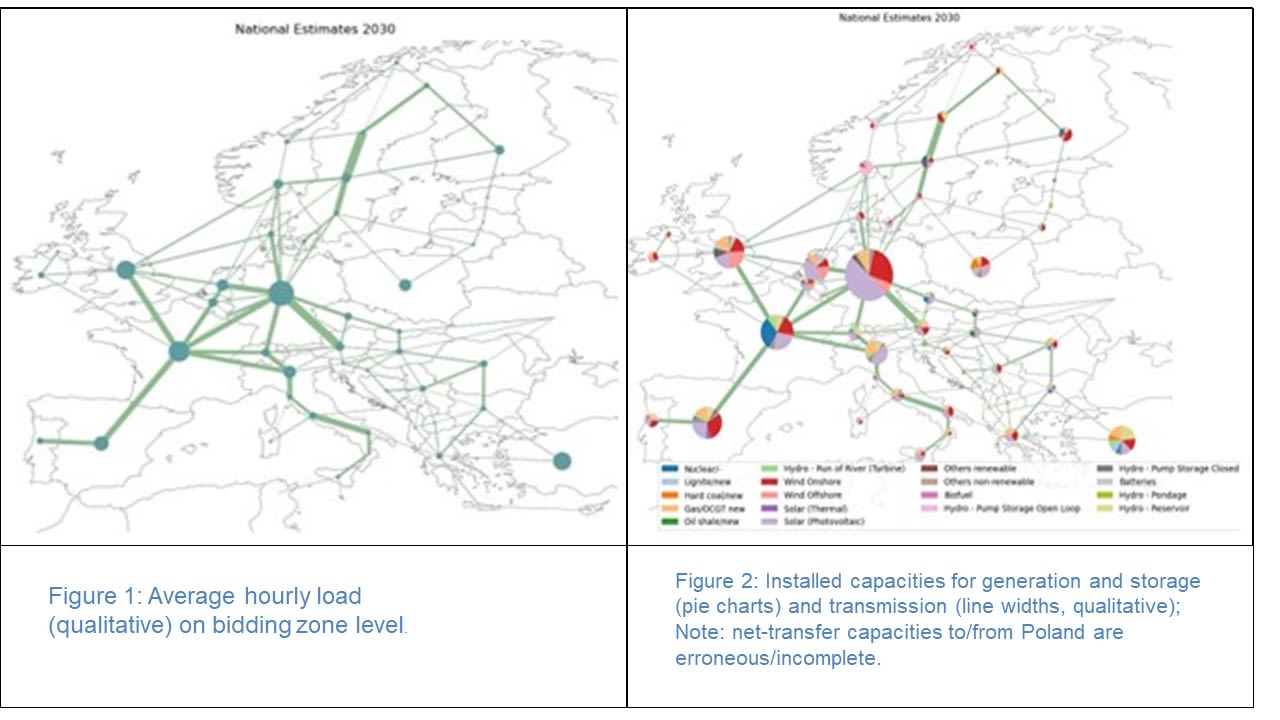

Figure 3: Onshore wind capacity factors for Germany, daily means.
Figure 3: Onshore wind capacity factors for Germany, daily means.

Figure 4: Solar PV capacity factors for Spain, daily means.
Figure 4: Solar PV capacity factors for Spain, daily means.

Figure 5: Daily average inflow in runoff river power plants in Austria.
Figure 5: Daily average inflow in runoff river power plants in Austria.
Resources
Related news
Digital twins for grid operators (ecmwf.int)
In this interview conducted by DestinE's Use Case lead contractor DLR, Mr Sascha-Phillipp Salm, lead of TenneT Germany's Market Analysis team, tells us more about these challenges and how DestinE's digital twins technology can play a key role to help develop resilient systems for the future.
